
eBook - ePub
Non-Photorealistic Computer Graphics
Modeling, Rendering, and Animation
- 496 pages
- English
- ePUB (mobile friendly)
- Available on iOS & Android
eBook - ePub
Non-Photorealistic Computer Graphics
Modeling, Rendering, and Animation
About this book
Even as developments in photorealistic computer graphics continue to affect our work and leisure activities, practitioners and researchers are devoting more and more attention to non-photorealistic (NPR) techniques for generating images that appear to have been created by hand. These efforts benefit every field in which illustrations—thanks to their ability to clarify, emphasize, and convey very precise meanings—offer advantages over photographs. These fields include medicine, architecture, entertainment, education, geography, publishing, and visualization.Non-Photorealistic Computer Graphics is the first and only resource to examine non-photorealistic efforts in depth, providing detailed accounts of the major algorithms, as well as the background information and implementation advice readers need to make headway with these increasingly important techniques.Already, an estimated 10% of computer graphics users require some form of non-photorealism. Strothotte and Schlechtweg's important new book is designed and destined to be the standard NPR reference for this large, diverse, and growing group of professionals.
- Hard-to-find information needed by a wide range and growing number of computer graphics programmers and applications users.
- Traces NPR principles and techniques back to their origins in human vision and perception.
- Focuses on areas that stand to benefit most from advances in NPR, including medical and architectural illustration, cartography, and data visualization.
- Presents algorithms for two and three-dimensional effects, using pseudo-code where needed to clarify complex steps.
- Helps readers attain pen-and-ink, pencil-sketch, and painterly effects, in addition to other styles.
- Explores specific challenges for NPR—including "wrong" marks, deformation, natural media, artistic technique, lighting, and dimensionality.
- Includes a series of programming projects in which readers can apply the book's concepts and algorithms.
Frequently asked questions
Yes, you can cancel anytime from the Subscription tab in your account settings on the Perlego website. Your subscription will stay active until the end of your current billing period. Learn how to cancel your subscription.
At the moment all of our mobile-responsive ePub books are available to download via the app. Most of our PDFs are also available to download and we're working on making the final remaining ones downloadable now. Learn more here.
Perlego offers two plans: Essential and Complete
- Essential is ideal for learners and professionals who enjoy exploring a wide range of subjects. Access the Essential Library with 800,000+ trusted titles and best-sellers across business, personal growth, and the humanities. Includes unlimited reading time and Standard Read Aloud voice.
- Complete: Perfect for advanced learners and researchers needing full, unrestricted access. Unlock 1.4M+ books across hundreds of subjects, including academic and specialized titles. The Complete Plan also includes advanced features like Premium Read Aloud and Research Assistant.
We are an online textbook subscription service, where you can get access to an entire online library for less than the price of a single book per month. With over 1 million books across 1000+ topics, we’ve got you covered! Learn more here.
Look out for the read-aloud symbol on your next book to see if you can listen to it. The read-aloud tool reads text aloud for you, highlighting the text as it is being read. You can pause it, speed it up and slow it down. Learn more here.
Yes! You can use the Perlego app on both iOS or Android devices to read anytime, anywhere — even offline. Perfect for commutes or when you’re on the go.
Please note we cannot support devices running on iOS 13 and Android 7 or earlier. Learn more about using the app.
Please note we cannot support devices running on iOS 13 and Android 7 or earlier. Learn more about using the app.
Yes, you can access Non-Photorealistic Computer Graphics by Thomas Strothotte,Stefan Schlechtweg in PDF and/or ePUB format, as well as other popular books in Computer Science & Computer Graphics. We have over one million books available in our catalogue for you to explore.
Information
1
INTRODUCTION
Since its inception in the 1960s, computer graphics has been dominated by the goal of generating images that mimic the effect of a traditional photographic camera. At the time, the term photorealism was taken from a style of painting popular in North America. Artists had developed techniques to simulate by hand the workings of a camera. The techniques were perfected to the point where the resultant handmade images could hardly be distinguished from real photographs (see Figure 1.1). Thus, the term photorealistic computer graphics was chosen to denote algorithmic techniques that resemble the output of a photographic camera and that even make use of the physical laws being involved in the process of photography.
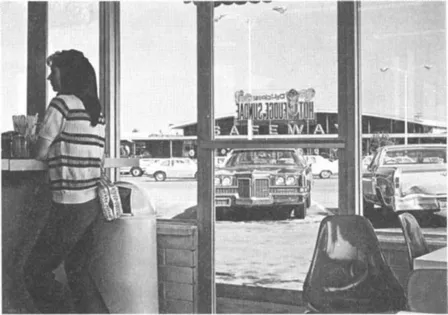
FIGURE 1.1 Example of a handmade photorealistic image.
After over 30 years of research and development on the problem of generating photorealistic images by computer, many problems pertaining to the modeling and rendering of objects with smooth and regular shapes have been solved. Even very complex scenes with many objects found in nature can be generated: Figure 1.2 shows an example of a rendition of a countryside based on 100,000 individual plants that were modeled by about 50 million polygons. More recent research work in this area concentrates now on special effects that increase even more the realism of the computed images, such as modeling and rendering the influence of weather phenomena on surfaces consisting of a specific material.

FIGURE 1.2 A computer-generated rendition of a countryside.
To formulate the goal to be able to generate photorealistic images by computer was a stroke of genius by the founding fathers of the area. Although it is difficult to pinpoint who actually set the goal and recognized its potential, perhaps the most prominent pioneer was Ivan Sutherland working in the early 1960s. As a research goal, photorealism has a number of appealing attributes. First, it is “technology driven” in that computers are to be used to model the workings of another kind of machine, a camera; this was certainly en vogue at the time and still has its fascination today. More important, however, is that it is relatively clear how to measure scientific progress in the area: by direct comparison with photographs taken by a camera. Practically all members of our Western society, particularly non-computer scientists, can appreciate the goal and can assess its progress by simple inspection. These are the essential ingredients that have contributed to the success of this area of scientific endeavor.
Since the computer graphics community has made such enormous progress within the area of photorealistic rendering, the question where new frontiers may lie was left hanging in the air for most of the 1990s. Indeed, a look at the spectrum of topics of papers presented at leading scientific meetings on computer graphics reveals that few papers still address techniques that have a direct bearing on photorealistic rendering or modeling for it. One major direction in which attention has shifted is to view photorealism as just one of many rendition styles.
1.1 Before and After Photorealism
Before the age of photography, humankind was already doing well making images to convey information. Deviance from such features as a uniform scale, the lifelike use of color, and the precise reproduction of all details of images as seen by the human eye were the method of choice. This will be illustrated with two examples.
Consider first an image taken from literature on the ancient Egyptians, as illustrated in Figure 1.3. Note how the artist has taken the liberty to draw the subjects in a way in which they cannot possibly have really looked. Moreover, the drawing emphasizes shape at the expense of surface texture and other aspects of realism.
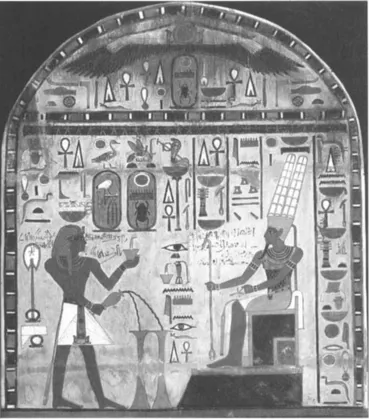
FIGURE 1.3 Examples of images produced in the times of the ancient Egyptians. Note the posture of the figures; no human can, in fact, hold his body in this position. However, this “inaccuracy” probably did not disturb anyone at the time.
Next, consider the reproduction of a painting of a European town made in the 16th century, as shown in Figure 1.4. This was a typical style of drawing views of towns in the period; many paintings such as these exist. Here the artist has chosen a particular perspective that emphasizes certain aspects of the scene. Notice how the church in the lower left blends into the background while the one in the city is dominant. The latter is drawn much larger, even though it is probably of similar size and is farther away from the viewer.
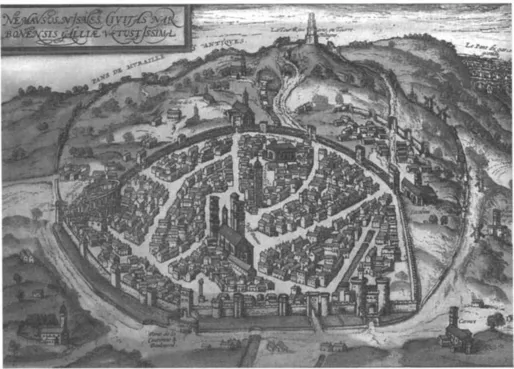
FIGURE 1.4 View of Nîmes (France), as drawn by Sebastian Manster in 1569.
These examples show how artists, either consciously or unconsciously, have taken advantage of being able to define a “point of view.” Drawing by hand, it is possible to free oneself from physical constraints of reality and to convey an impression rather than just to convey details of a scene’s appearance. Indeed, there are artists who contend that to draw by hand means to observe; some artists carry out their work with the primary goal of studying the details of the scene. Such artists often look down upon photography, which in their opinion circumvents the process of observation. Indeed, it is possible to take a photograph of a scene without really looking carefully at it, whereas the same is not true for a painting!
How did photography change the activity of making images by hand? Aside from the direction of art called photorealism mentioned at the outset of this chapter, people have continued to draw and paint, although the styles have evolved over time. Indeed, even in the 20th century when photography already had a firm footing in print media, many of those wishing to communicate through pictures have preferred to work with traditional methods. As a case in point, we will look at two examples in Figures 1.5 and 1.6, which parallel those of Figures 1.3 and 1.4.
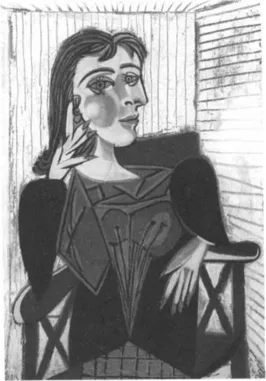
FIGURE 1.5 Portrait de Dora Maar, painted in 1937 by Picasso. Note how selected features of the face—visible only from different points of view—are merged into one painting.
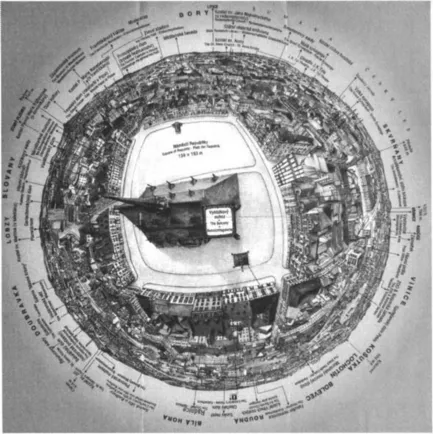
FIGURE 1.6 A map of the city of Plzeň (Czech Republic), as it appears in a brochure for present-day tourists.
An example of the work of Picasso is shown in Figure 1.5. Like the ancient Egyptians, he, too, freed himself from reproducing a scene the way it would look from a single point of view. Instead, the juxtaposition of the individual elements provides for multiple views in one painting. It is left up to the viewer to merge these mentally.
Furthermore, Figure 1.6 shows a map of the city of Plzeň taken from a present-day brochure for visitors to the city. It has been thoroughly distorted so as to provide the viewer with a great deal of information all at once. Indeed, almost every map that meets the eye of cartographic laypersons has been distorted in some way so as to improve the view on the information.
Where do these examples leave us? Both before photography and after its advent, artists have made effective use of deviating from “realistic” renditions of scenes. This freedom to encode an impression rather than being forced to follow physical constraints is considered the key to conveying information.
1.2 Non-Photorealistic Rendering
The goal of NPR is to be able to specify formally the way in which a rendition is to appear and subsequently to write computer programs that produce non-photorealistic renditions. The first step in our study, however, is to examine in more detail why this is a useful task. We will show how each goal to be achieved by NPR suggests criteria that can be used to measure its success. This will then lead to a discussion of the term non-photorealistic rendering itself.
1.2.1 Goals and Criteria for Success
At a superficial...
Table of contents
- Cover image
- Title page
- Table of Contents
- The Morgan Kaufmann Series in Computer Graphics and Geometric Modeling
- Copyright
- Dedication
- FOREWORD
- PREFACE
- Chapter 1: INTRODUCTION
- Chapter 2: PIXEL MANIPULATION OF IMAGES
- Chapter 3: LINES, CURVES, AND STROKES
- Chapter 4: SIMULATING NATURAL MEDIA AND ARTISTIC TECHNIQUES
- Chapter 5: STROKE-BASED ILLUSTRATIONS
- Chapter 6: WORKING WITH 2½D DATA STRUCTURES
- Chapter 7: GEOMETRIC MODELS AND THEIR EXPLOITATION IN NPR
- Chapter 8: LIGHTING MODELS FOR NPR
- Chapter 9: DISTORTING NON-REALISTIC RENDITIONS
- Chapter 10: APPLICATIONS FOR NPR
- Chapter 11: A CONCEPTUAL FRAMEWORK FOR NPR
- REFERENCES
- AUTHOR INDEX
- SUBJECT INDEX
- FIGURE CREDITS
- ABOUT THE AUTHORS